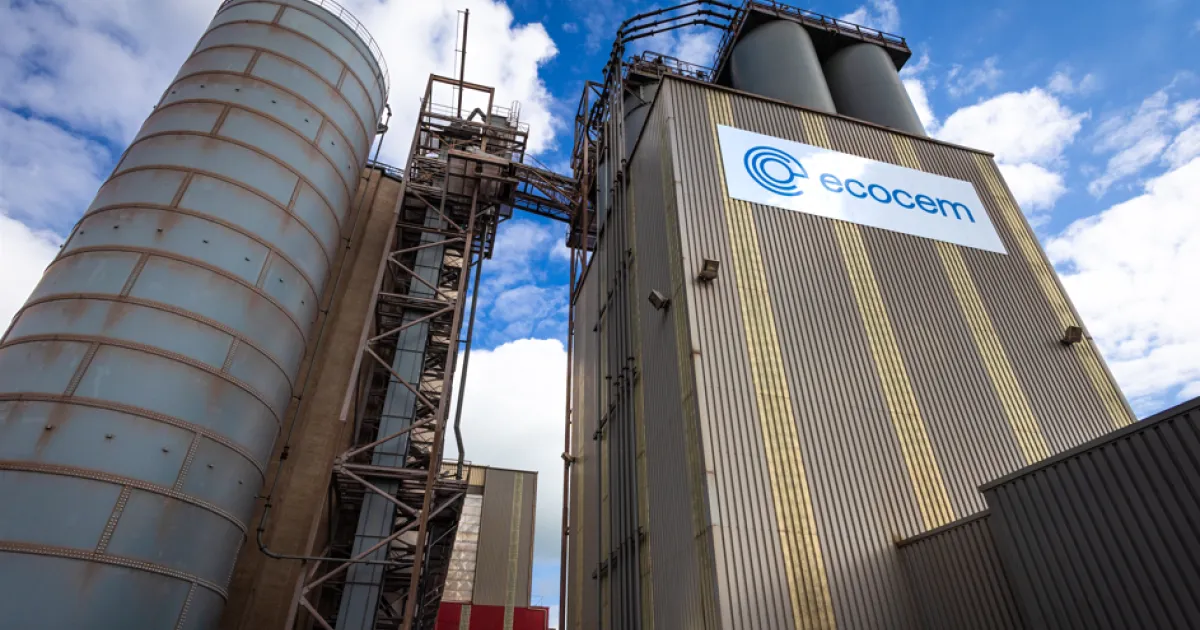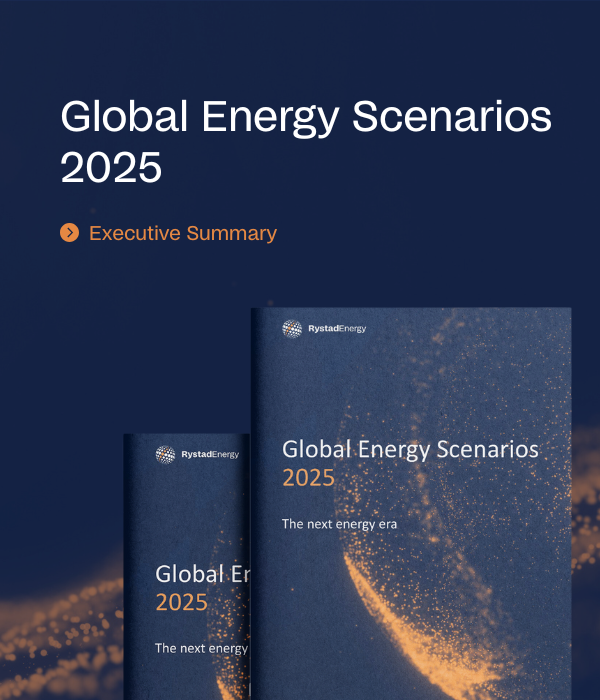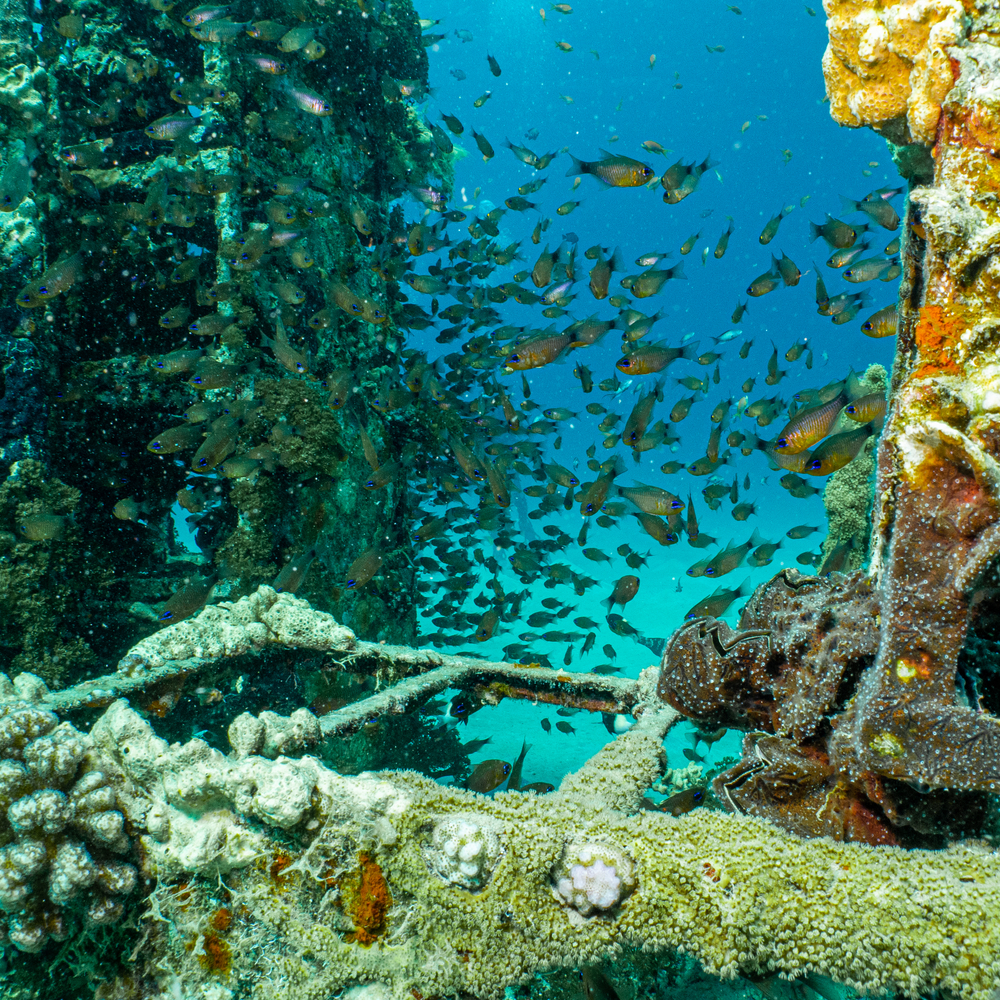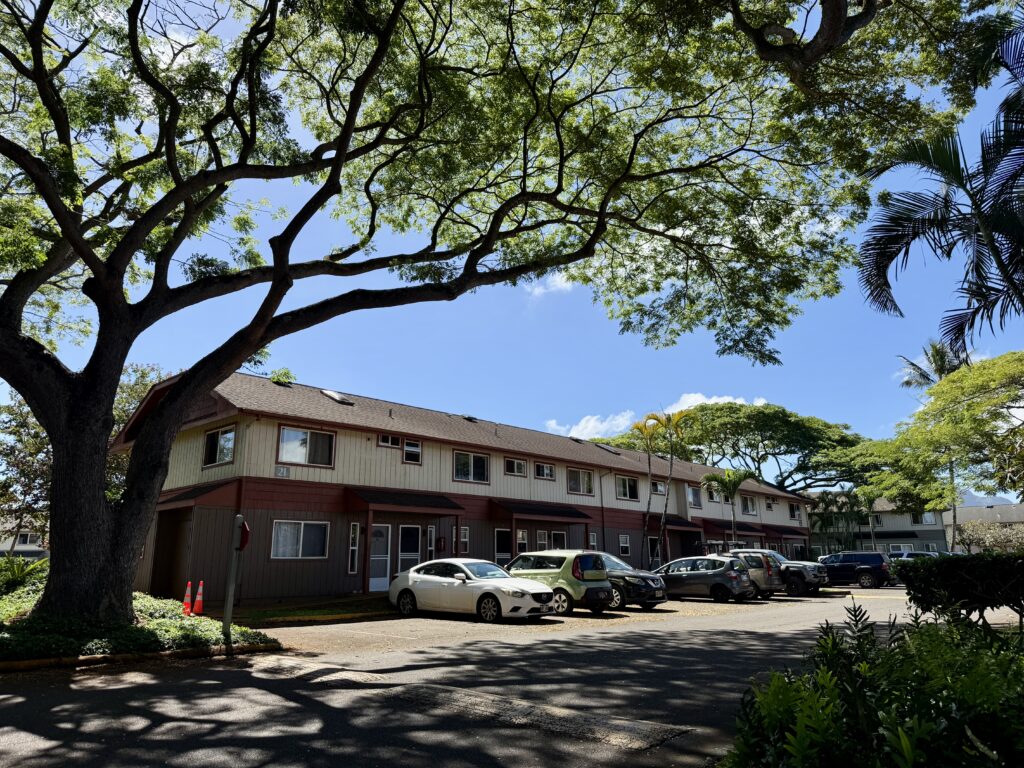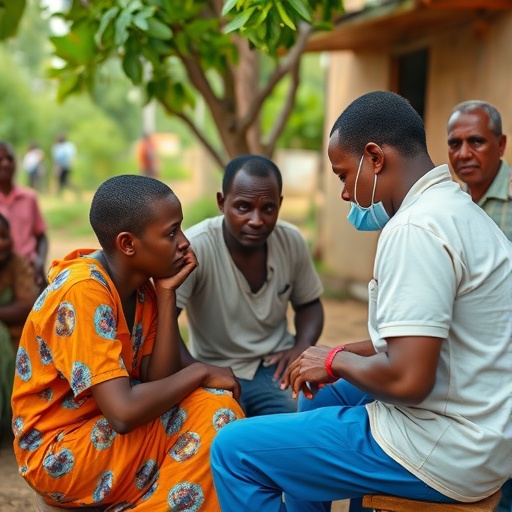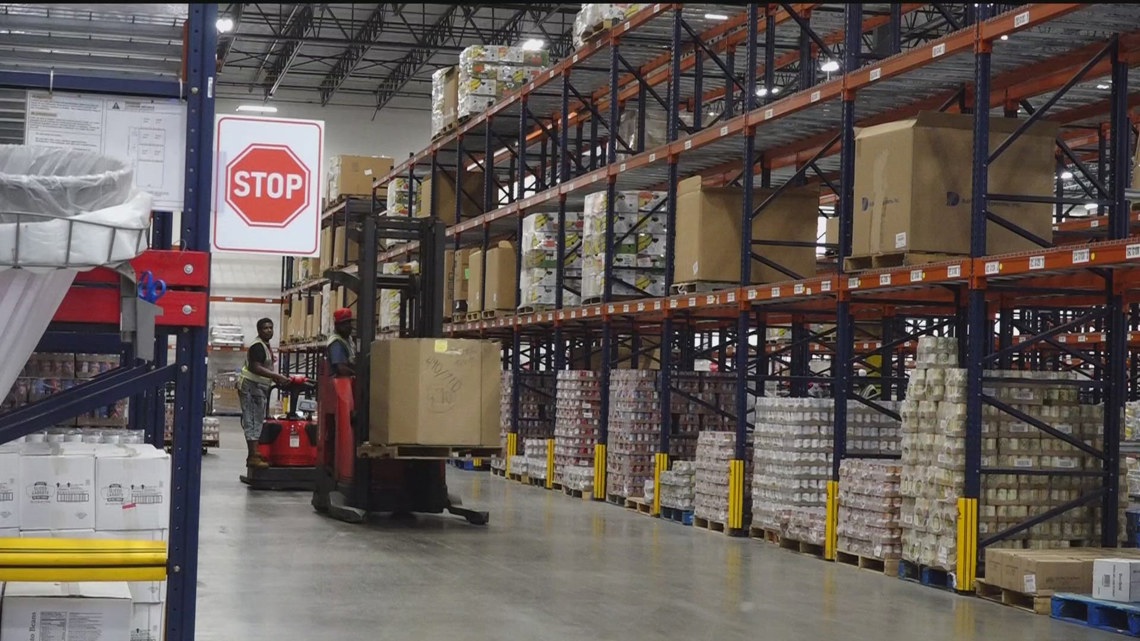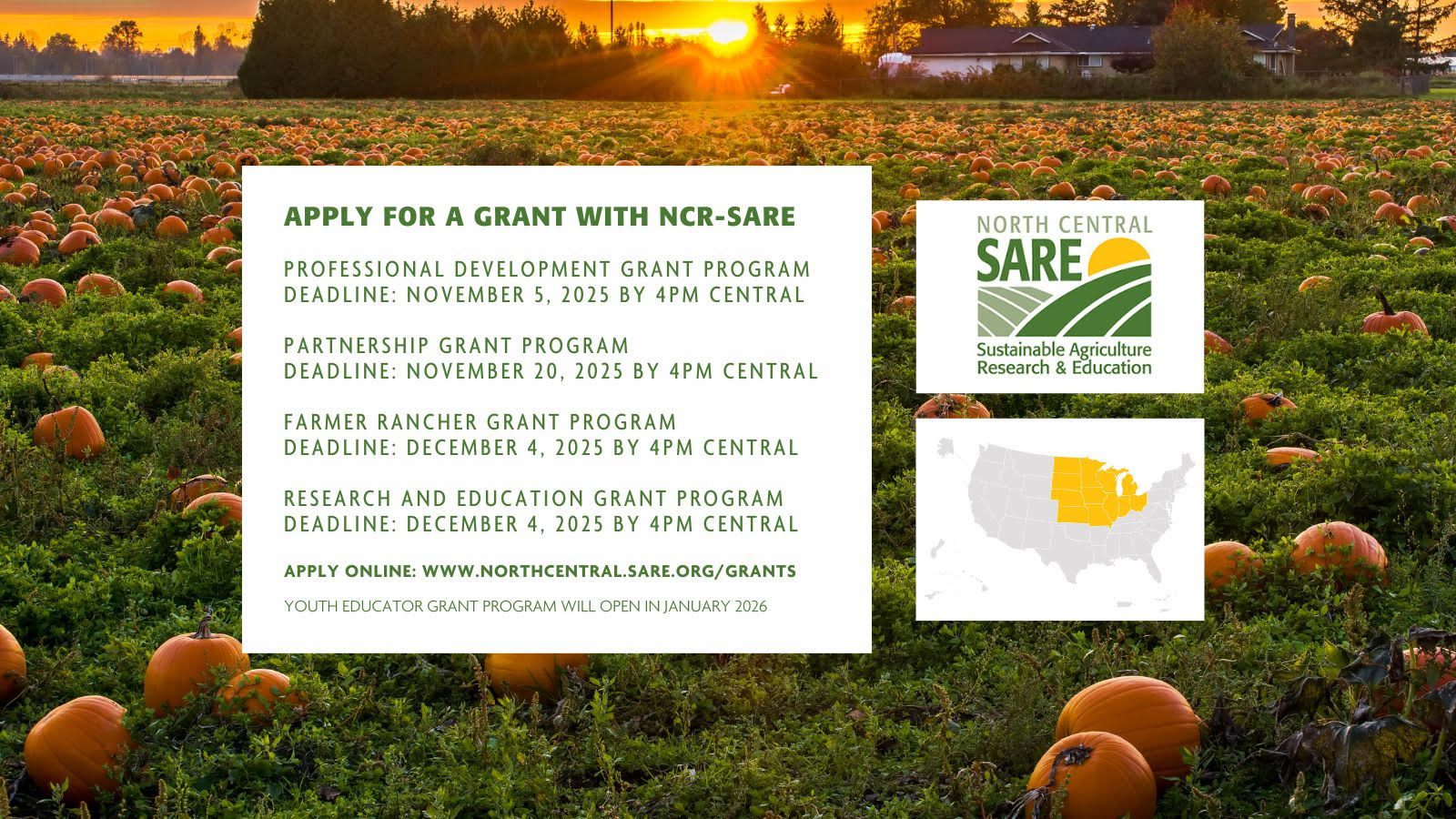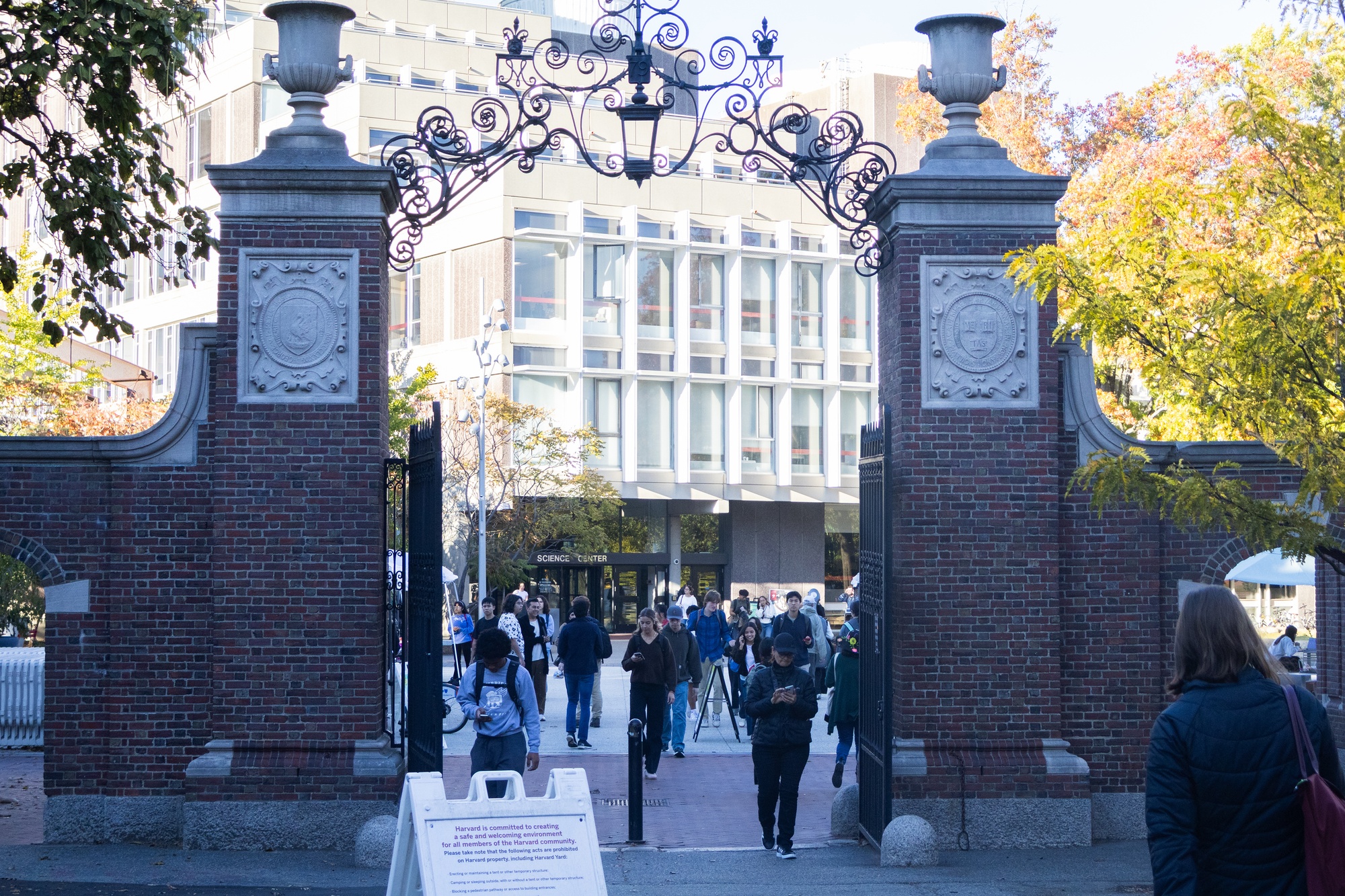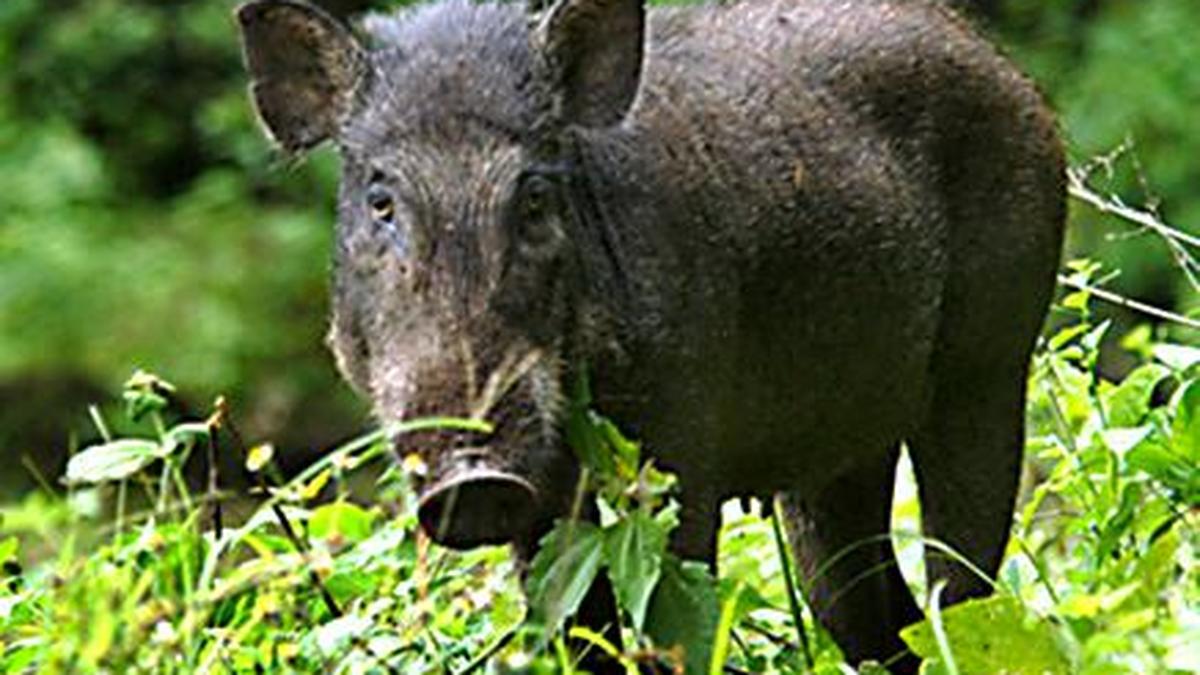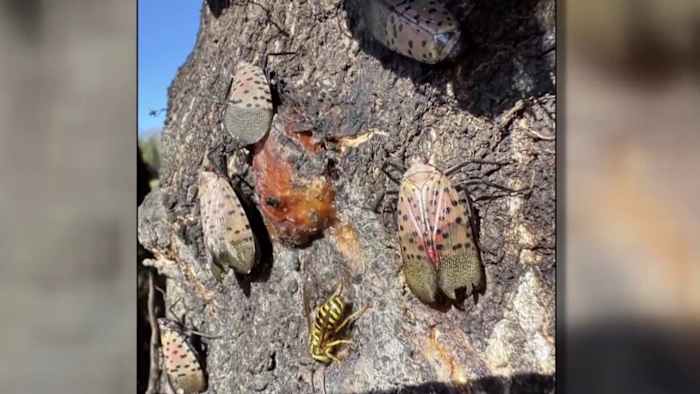Global alternatives of natural vegetation cover – Nature

Report on Global Alternatives of Natural Vegetation Cover and Implications for Sustainable Development Goals
Executive Summary
This report presents a detailed counterfactual map of Earth’s potential natural vegetation, providing a critical baseline for global conservation and restoration efforts aligned with the Sustainable Development Goals (SDGs). By analyzing environmental factors, including realistic fire and herbivory scenarios, the study reveals that Earth’s land could naturally support 43% tree cover, 39% short vegetation (shrubs and grasses), and 18% bare ground. These findings directly inform strategies for SDG 15 (Life on Land) by defining natural ecosystem states and challenging the prevalent bias towards afforestation, which can negatively impact biodiversity and ecosystem services. The analysis identifies a minimum of 675 million hectares (Mha) of land capable of supporting alternative vegetation states, underscoring the profound impact of land management decisions. Significantly, the report concludes that management choices regarding fire and herbivory could have a greater influence on vegetation outcomes by 2050 than projected climate changes, highlighting the responsibility of decision-makers to guide restoration towards a future that supports SDG 13 (Climate Action) and SDG 15 simultaneously.
Introduction: Aligning Ecosystem Restoration with Sustainable Development Goals
The crossing of planetary boundaries, particularly those concerning biosphere integrity and climate change, presents an urgent call to action. Achieving the 2030 Agenda for Sustainable Development requires halting and reversing biodiversity loss to ensure safe living conditions on Earth. This urgency is reflected in global initiatives such as the UN Decade on Ecosystem Restoration (2021-2030) and the Global Biodiversity Framework, which are central to achieving SDG 15 (Life on Land) and SDG 13 (Climate Action).
However, current restoration efforts often focus disproportionately on tree planting, even in ecosystems not naturally forested. This approach carries significant risks:
- Undermining Climate Action (SDG 13): Inappropriate afforestation can lead to regional warming (e.g., reduced albedo in boreal zones) and disrupt hydrological cycles, affecting water availability and contradicting the goals of SDG 6 (Clean Water and Sanitation).
- Harming Biodiversity (SDG 15): Replacing native grasslands or savannahs with tree plantations can cause a collapse in native biodiversity and degrade soil carbon storage, directly conflicting with targets under SDG 15.1 (conserve and restore terrestrial ecosystems) and SDG 15.3 (combat desertification).
- Impacting Communities (SDG 1 & 2): Misguided land conversion can negatively affect the livelihoods and rights of local communities, undermining progress on SDG 1 (No Poverty) and SDG 2 (Zero Hunger).
To ensure restoration is socially and ecologically responsible, a comprehensive understanding of the diverse potential natural states of ecosystems is required. This report addresses this knowledge gap by providing a global assessment of natural vegetation alternatives, moving beyond a simple “forest vs. non-forest” dichotomy to support nuanced, evidence-based land management policies.
Key Findings: Mapping Global Vegetation Potential for Sustainable Land Management
Global Natural Vegetation Baselines and SDG 15
This study produced the first global counterfactual map of potential natural vegetation cover, establishing a scientific baseline for restoration targets under SDG 15. The most probable distribution of natural vegetation across the planet is:
- Tree Cover: 5,669 Mha (43%)
- Short Vegetation (Grasses & Shrubs): 5,183 Mha (39%)
- Bare Ground: 2,352 Mha (18%)
The analysis reveals that ecosystems are naturally heterogeneous. For instance, tropical and subtropical moist forests, while dominated by trees, also naturally contain 312 Mha of short vegetation. Conversely, tropical grasslands naturally include 722 Mha of tree cover. This highlights that responsible restoration under SDG 15 must recognize grasslands, shrublands, and other open ecosystems as valuable climax states, not merely degraded land awaiting afforestation. Recognizing this heterogeneity is fundamental to protecting biodiversity (SDG 15.5) and ensuring the long-term health of terrestrial ecosystems (SDG 15.1).
Alternative Ecosystem States: The Role of Management in Achieving SDG 13 and SDG 15
By modeling various scenarios of fire frequency and wildlife herbivory, the report maps the planet’s alternative natural land cover possibilities. Key findings include:
- A minimum of 675 Mha of land can support different vegetation covers depending on management practices. This vast area, equivalent to the Amazon basin, represents a critical opportunity for strategic interventions.
- Hotspots for these alternative states are concentrated in subtropical and temperate biomes, where management can shift landscapes between forests, grassy systems, and deserts.
- This flexibility allows decision-makers to optimize land use for multiple benefits, such as enhancing carbon sequestration (SDG 13), conserving specific habitats for biodiversity (SDG 15), and managing water resources (SDG 6).
These findings empower stakeholders to move beyond a single restoration outcome and instead manage landscapes for a mosaic of habitats that maximizes resilience and biodiversity.
The Overriding Impact of Land Management on Future Ecosystems
A crucial conclusion of this report is that land management actions can have a more significant impact on vegetation cover than projected climate change by 2050. For example:
- In the West Sudanian savannah, altering fire frequency can change potential tree cover by 23%, while the effect of 2050 climate change is less than 3%.
- In the Dinaric mountains of Europe, reintroducing large herbivores can reduce tree cover from 55% to 11%, demonstrating the transformative power of trophic rewilding.
This insight is vital for policy. It demonstrates that proactive management based on ecological principles can effectively steer ecosystems towards desired states that support climate adaptation (SDG 13.1) and biodiversity conservation (SDG 15.5), even in a changing climate. It places the responsibility for achieving a sustainable and biodiverse future firmly in the hands of today’s decision-makers.
Implications for Policy and Action Towards the 2030 Agenda
Guiding Responsible Restoration Initiatives
The maps and models presented in this report are powerful tools for designing and implementing restoration projects that are aligned with the SDGs. They can help stakeholders assess the trade-offs and benefits of different approaches, such as:
- Rewilding Projects: Evaluating the potential for natural grazing or trophic rewilding to create heterogeneous, resilient landscapes that enhance biodiversity (e.g., Rewilding Europe, Pleistocene Park in Siberia).
- Reforestation Initiatives: Guiding large-scale projects like Africa’s Great Green Wall to ensure the right vegetation is restored in the right place, maximizing its effectiveness in combating desertification (SDG 15.3) and supporting local livelihoods.
- Land Abandonment: Understanding the ecological trajectories of abandoned land to manage it for positive biodiversity and climate outcomes.
Informing National and International Policy
This research provides the scientific foundation needed to refine national and international policies, including Nationally Determined Contributions (NDCs) under the Paris Agreement and national biodiversity strategies. By providing a nuanced view of ecosystem potential, it encourages a shift from simplistic, hectare-based tree-planting targets to more sophisticated strategies that promote the restoration of diverse, functional, and resilient native ecosystems. This approach is essential for making meaningful progress on SDG 13, SDG 15, and the broader 2030 Agenda, fostering a future where human development and biosphere integrity are mutually supportive.
Analysis of Sustainable Development Goals (SDGs) in the Article
1. Which SDGs are addressed or connected to the issues highlighted in the article?
The article primarily addresses issues related to the conservation and restoration of terrestrial ecosystems, biodiversity, and climate change. Based on this focus, the following Sustainable Development Goals (SDGs) are directly connected to the content:
- SDG 15: Life on Land: This is the most central SDG to the article. The entire study focuses on preserving and restoring terrestrial ecosystems, halting biodiversity loss, combating desertification, and promoting sustainable land management. The article’s core contribution is a map of natural vegetation cover to guide these efforts.
- SDG 13: Climate Action: The article explicitly links ecosystem restoration to climate change mitigation. It discusses the role of forests in carbon removal, the unintended climate consequences of improper restoration (e.g., changes in albedo), and compares the impact of land management actions to the expected effects of climate change by 2050.
- SDG 17: Partnerships for the Goals: The article situates its research within the context of major international collaborations and policies, such as the UN “Decade of Ecosystem Restoration” and the “Global Biodiversity Framework,” highlighting the need for global partnerships to address environmental crises.
2. What specific targets under those SDGs can be identified based on the article’s content?
Several specific targets under the identified SDGs are relevant to the article’s discussion:
-
SDG 15: Life on Land
-
Target 15.1: “By 2020, ensure the conservation, restoration and sustainable use of terrestrial and inland freshwater ecosystems and their services, in particular forests, wetlands, mountains and drylands…”
Explanation: The article’s main goal is to “guide global conservation efforts” by presenting a “detailed counterfactual map showing Earth’s natural tree, short vegetation, and bare ground cover.” It directly addresses the restoration of various terrestrial ecosystems, including forests, grasslands, and drylands, by providing a baseline for what constitutes a “natural” state. -
Target 15.2: “By 2020, promote the implementation of sustainable management of all types of forests, halt deforestation, restore degraded forests and substantially increase afforestation and reforestation globally.”
Explanation: The article critically examines restoration actions that “focused disproportionately on planting trees through reforestation or afforestation.” It argues for a more nuanced approach to restoration that considers all ecosystem types, thereby promoting a more sustainable form of management beyond simple tree planting. -
Target 15.3: “By 2030, combat desertification, restore degraded land and soil…”
Explanation: The article directly references restoration initiatives aimed at combating desertification, such as “the Great Green Wall,” which aims to “slow down land degradation and desertification.” The study’s map provides crucial information for planning such large-scale land restoration projects. -
Target 15.5: “Take urgent and significant action to reduce the degradation of natural habitats, halt the loss of biodiversity…”
Explanation: The introduction highlights the “urgent need to halt and reverse the loss of biodiversity.” The study’s methodology, which considers diverse ecosystems like grasslands and shrublands, is designed to help preserve “maximum biodiversity” by preventing the replacement of native habitats with inappropriate plantations.
-
Target 15.1: “By 2020, ensure the conservation, restoration and sustainable use of terrestrial and inland freshwater ecosystems and their services, in particular forests, wetlands, mountains and drylands…”
-
SDG 13: Climate Action
-
Target 13.2: “Integrate climate change measures into national policies, strategies and planning.”
Explanation: The article provides a tool—the counterfactual map and model—that can “assist decision-makers, policy makers, and local stakeholders” in integrating climate considerations into land management. It explicitly states that its findings can help “guide the design of ecologically and socially responsible landscape conservation and restoration initiatives that are required to combat the ongoing climate and biodiversity crises.”
-
Target 13.2: “Integrate climate change measures into national policies, strategies and planning.”
-
SDG 17: Partnerships for the Goals
-
Target 17.16: “Enhance the global partnership for sustainable development, complemented by multi-stakeholder partnerships that mobilize and share knowledge, expertise, technology…”
Explanation: The article acknowledges the global context of its work by mentioning the UN’s “Decade of Ecosystem Restoration,” the “Global Biodiversity Framework,” and the “European Nature Restoration law.” The study itself is a contribution of scientific knowledge and technology (the map and model) to support these global partnerships.
-
Target 17.16: “Enhance the global partnership for sustainable development, complemented by multi-stakeholder partnerships that mobilize and share knowledge, expertise, technology…”
3. Are there any indicators mentioned or implied in the article that can be used to measure progress towards the identified targets?
The article provides quantitative data and methodologies that align with or can be used as proxies for official SDG indicators:
-
For SDG 15 Targets:
- Indicator 15.1.1 (Proportion of land area covered by forest): The article provides direct, quantitative estimates of potential global vegetation cover: “5669 (±74) Mha of trees (43%), 5183 (±86) Mha of short vegetation (39%), and 2352 (±59) Mha of bare ground (18%).” This data serves as a baseline for measuring progress in ecosystem restoration and changes in land cover.
- Indicator 15.3.1 (Proportion of land that is degraded over total land area): The study’s “counterfactual map” illustrates the “natural vegetation cover carrying capacity of the planet.” By comparing this map to the actual current vegetation cover, one can identify and quantify degraded land, directly informing this indicator and guiding restoration efforts.
-
For SDG 13 Targets:
- Implied Indicator (Carbon Storage Potential): While not an official indicator, the article discusses carbon storage as a key outcome of restoration. It notes the risk of “lower carbon storage in soils when replacing old-growth grasslands with tree plantations.” The vegetation maps produced can be used to model and estimate the carbon sequestration potential of different restoration scenarios, a crucial metric for climate action.
- Implied Indicator (Impact of Management vs. Climate Change): The article quantifies the impact of management choices versus climate change, stating that for certain regions, “the effects of the average expected climate change by 2050 only changed the resulting land cover… by less than 3%,” whereas management actions like fire exclusion could change tree cover by “23%.” This provides a powerful metric for policymakers to prioritize actions.
4. Table of SDGs, Targets, and Indicators
| SDGs | Targets | Indicators |
|---|---|---|
| SDG 15: Life on Land |
15.1: Ensure conservation and restoration of terrestrial ecosystems.
15.2: Promote sustainable management of all types of forests and restore degraded forests. 15.3: Combat desertification and restore degraded land. 15.5: Halt biodiversity loss and reduce degradation of natural habitats. |
15.1.1 (Proportion of land area covered by forest/vegetation): The article provides quantitative data on potential land cover: 43% trees (5669 Mha), 39% short vegetation (5183 Mha), and 18% bare ground (2352 Mha).
15.3.1 (Proportion of land that is degraded): The “counterfactual map” of natural vegetation serves as a baseline to identify and quantify degraded land by comparing it with current land cover maps. |
| SDG 13: Climate Action | 13.2: Integrate climate change measures into national policies and planning. | Implied Indicator (Impact of Management vs. Climate Change): The study quantifies that management actions (e.g., fire exclusion changing tree cover by 23%) can have a greater impact than climate change by 2050 (less than 3% change), providing a metric for policy prioritization. |
| SDG 17: Partnerships for the Goals | 17.16: Enhance the global partnership for sustainable development through the sharing of knowledge and technology. | Contribution to Global Knowledge: The article contributes a new model and map as a technological and knowledge-based tool to support international initiatives like the “UN Decade of Ecosystem Restoration” and the “Global Biodiversity Framework.” |
Source: nature.com

What is Your Reaction?
 Like
0
Like
0
 Dislike
0
Dislike
0
 Love
0
Love
0
 Funny
0
Funny
0
 Angry
0
Angry
0
 Sad
0
Sad
0
 Wow
0
Wow
0


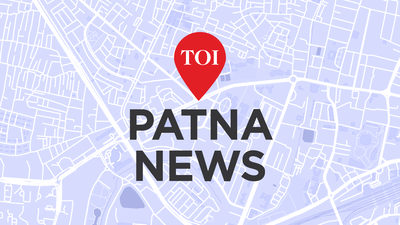





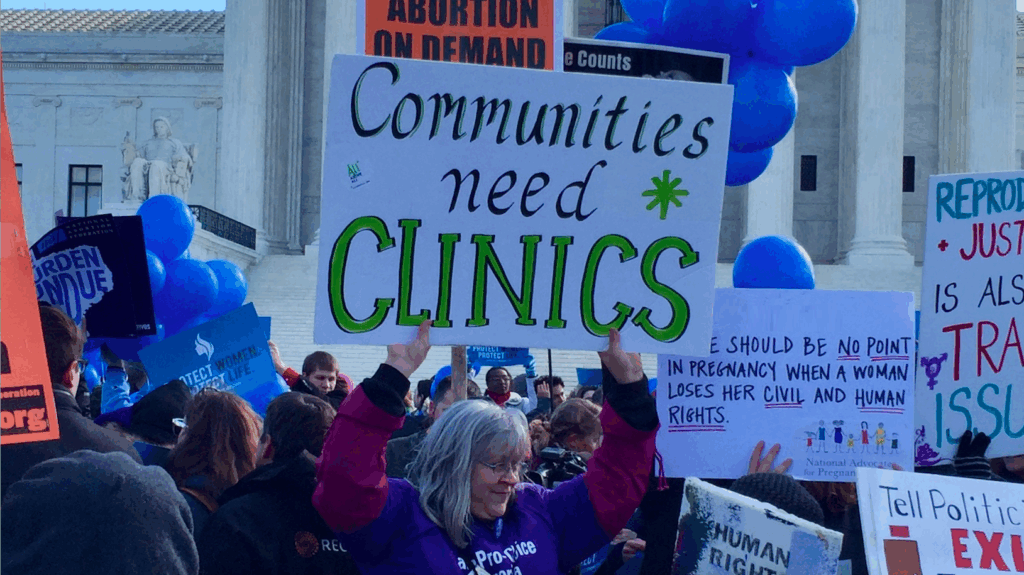

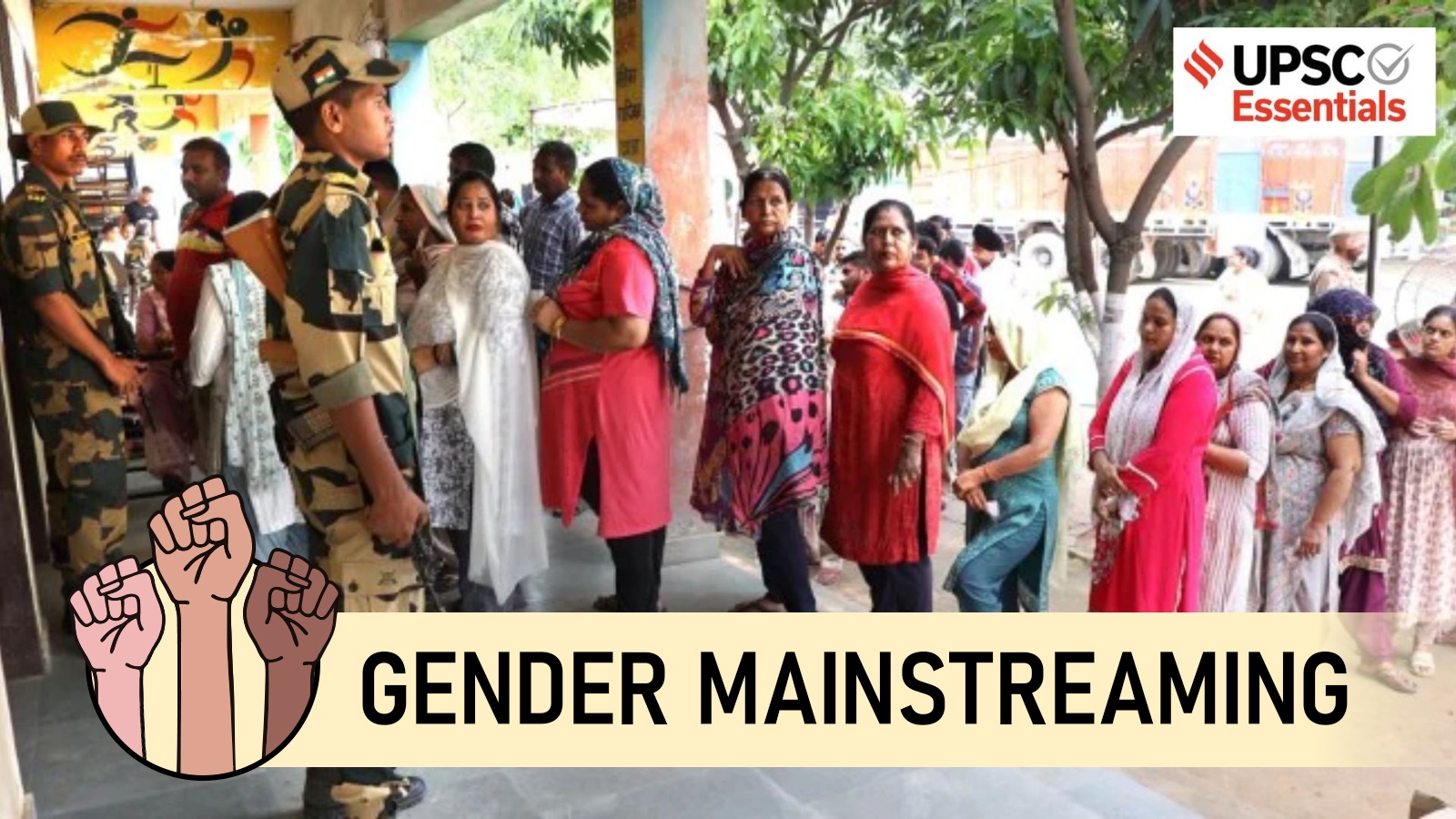
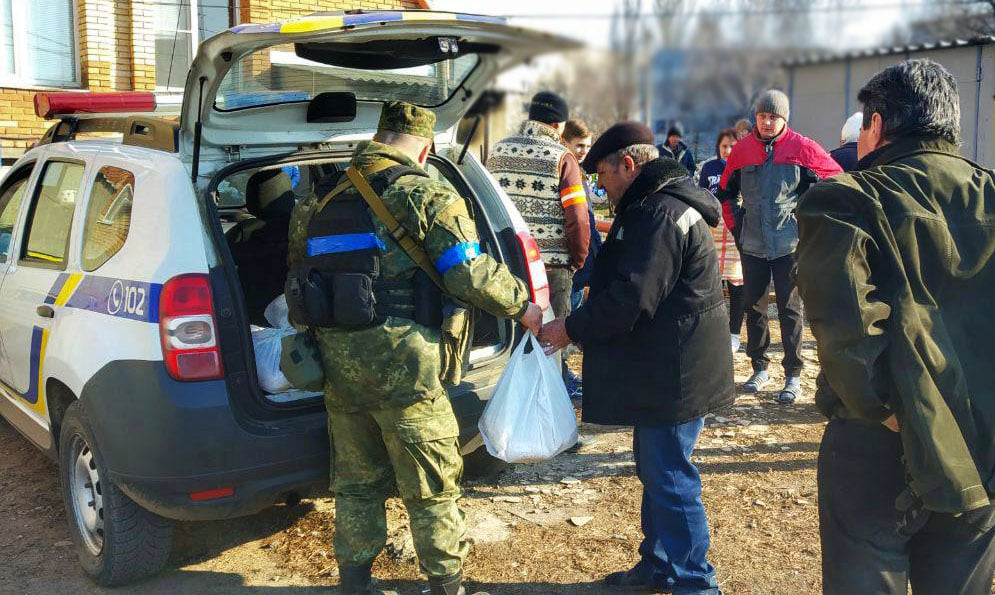
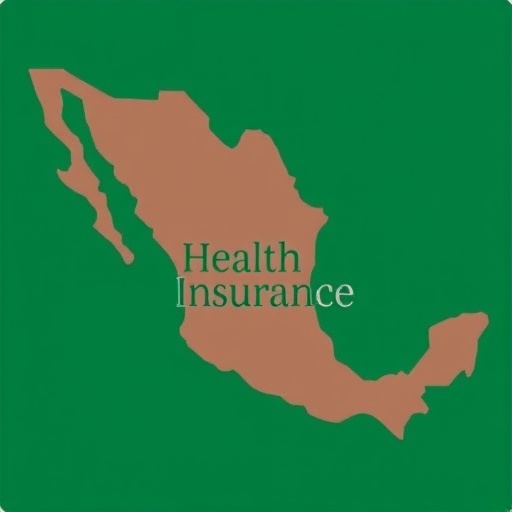


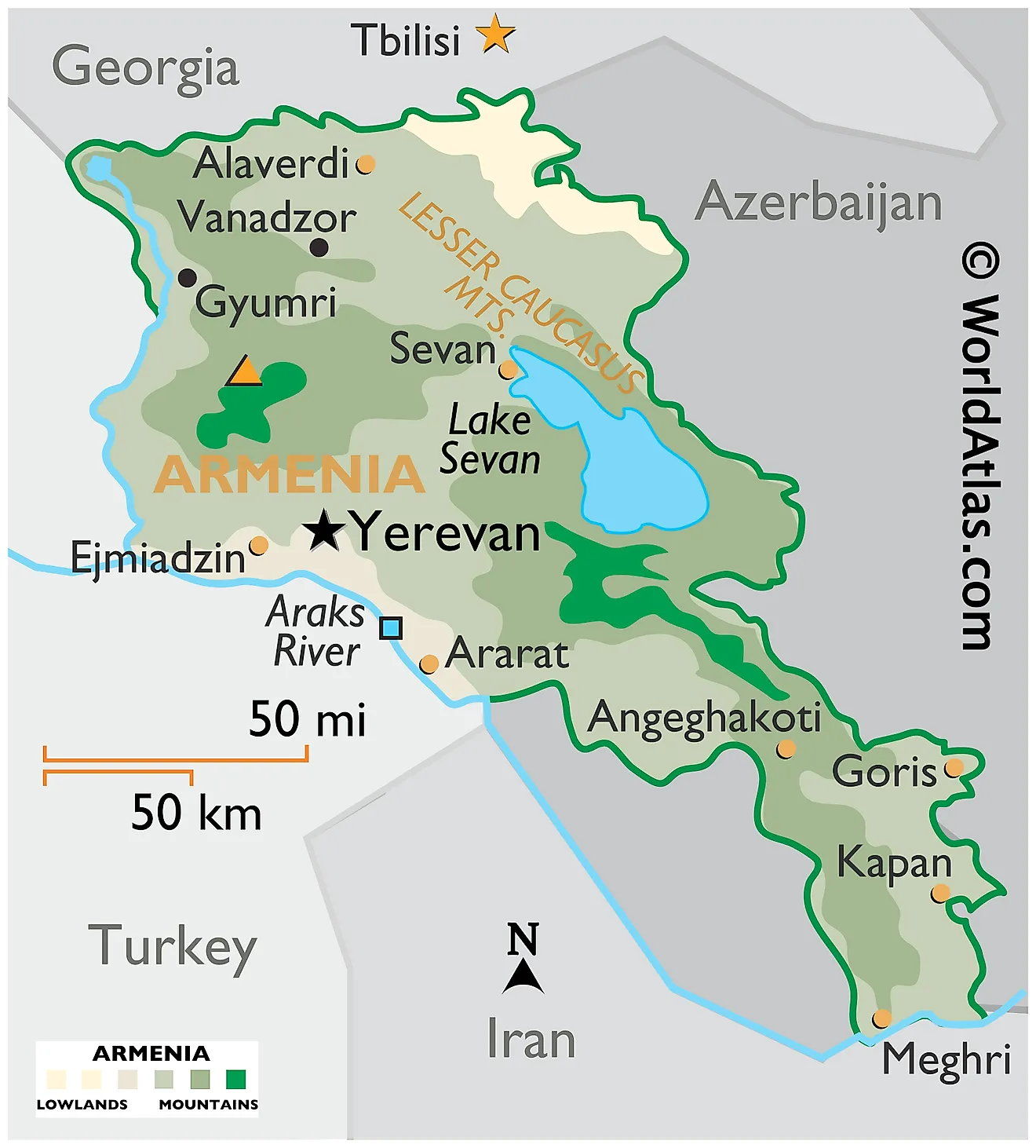







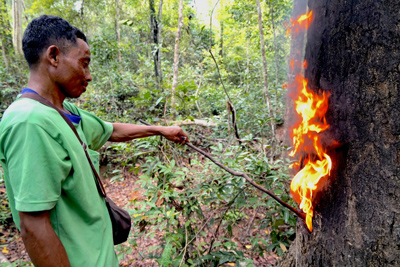
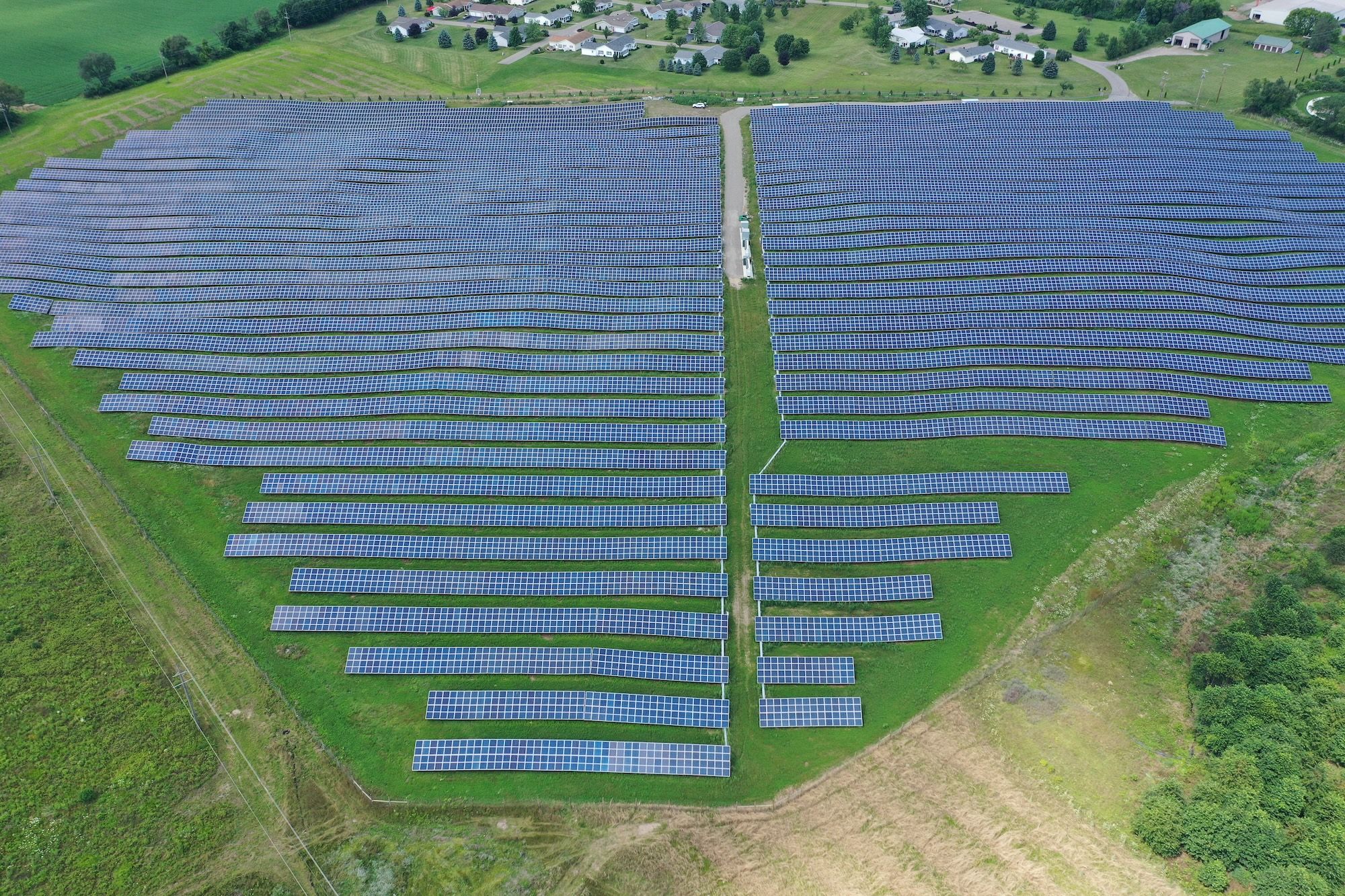







_1.png?#)

